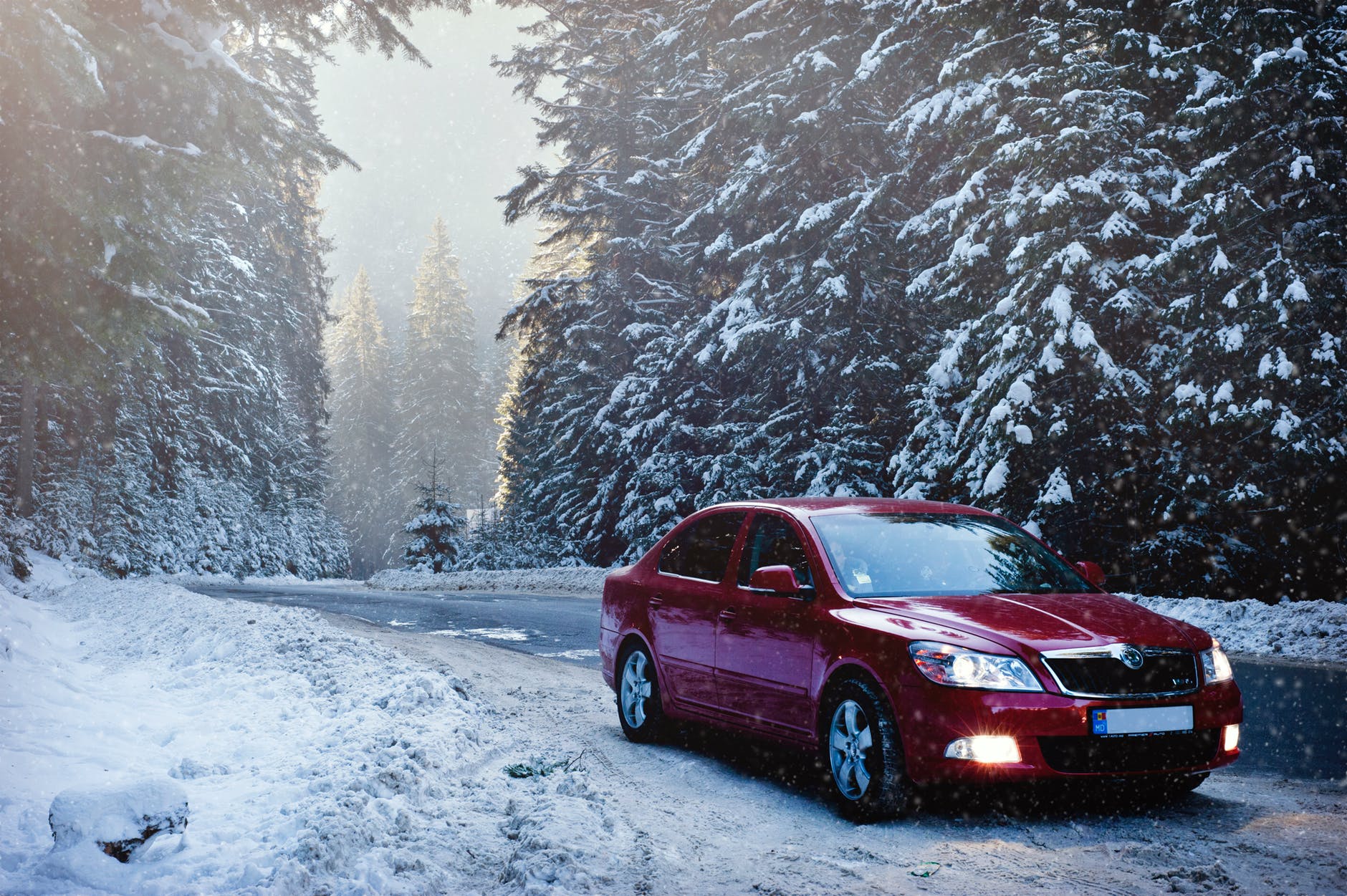We are just weeks away from the first snow of the year. The first thing blanket of snow is something that kids look forward to but not us drivers, especially those who just got their driver’s license. However, even seasoned drivers encounter difficulties as the snow starts to cover the surface of the road.
It is really something between ice and show which is the worst possible combo for all motorists. Instead of becoming part of the local 8 o’clock news as yet another fender bender, you can brush up on your knowledge about driving in the snow.
Decelerate!
As you probably already know from driving in the rain, the wetter the surface of the road, the slower the speed should be. Many motorists do not adhere to this rule and risk finding themselves in a ditch on the side of the road. Snowflakes melt when they hit the ground but then freeze overnight, creating a thin layer of ice that causes the wheels to lose traction.
The more you accelerate, the bigger will this loss of traction get until it reaches the point of no return when you lose all control of the vehicle. However, if you travel at slower speeds, you’ll always have a chance to regain control of the car even if it hits an ice patch.
Headlights should always be turned on
Another useful tip to stay safe on a snowy road is to keep the headlights turned on at all times. This practice originated in Scandinavian countries and even today nearly all cars sold in Sweden have the headlights automatically turned on. By keeping the headlight on during the day, you increase your visibility. This will come in handy in case of a snowstorm that can suddenly hit the section of the road you are traveling on.
No ordinary turn
Navigating the roads when snow is falling can be tricky, even if you’re driving within city limits. Besides decelerating, you should also approach every turn with more caution than usual. If you enter a turn too wide, then you risk losing traction and the car can veer off into the protective railing. That’s why you should add throttle carefully while turning because the centripetal force exerted on your car becomes stronger and can set you off course. Also, be gentle on the steering wheel as you slowly turning it sideways, avoiding jerking it.
When training kicks in
When it comes to novice drivers, they ought to be extra careful when first snowflakes start falling. People with years of driving experience have seen and felt snowy roads hundreds of times but beginners simply lack the experience. That’s why their training should include lessons in the snow, just to get the feel of maneuvering the car in such conditions. If the training course you passed didn’t feature such lessons, then seriously consider taking additional driving lessons that will take you across a snowcapped mountain pass, for example.
The state of the car
Before you even leave the garage, your car needs to undergo a quick maintenance check. The last thing you need on a snowy road is your breaks failing while you enter a downhill curve. Apart from the standard checklist, you or the mechanic should check if the defroster is fully operational and if you have enough antifreeze.
Furthermore, you need to inspect the car battery to be sure it is working, as snow can get under the hood overnight and tamper with the battery by draining it. In general, the car should be better maintained in winter than in summer because the tiniest of malfunctions could spell disaster when driving on a road covered in snow.
Planning is everything
Hopefully, the snow will not catch you off guard while driving so you’ll have time to prepare your day. If you wake up to a driveway full of snow, get up early before work to clean it. This way, you’ll be able to leave your front yard without any major difficulties.
Driving to work through streets covered with snow requires a lot of attentiveness and patience. Leaving for work half an hour early will save you a lot of hassle because you’re going to drive slower than usual. By driving cautiously, you are ensuring that all the people on the road are safe; not only you.
Putting winter tires and chains on
There is one measure that you should take before the cold days set in. Namely, you should take off the summer tires and replace them with the winder edition. Winter tires come with deeper grooves so you will have better traction. However, driving up or down a mountain requires extra protection. By putting tire chains on all four tired (or at least the front pair) you ensure that the car won’t slide down the slope it is trying to get ascend.
These 7 simple rules should be enough to keep you safe while driving in the snow. Remember, there is nothing ordinary on a snowy road, as you simply must be extra careful behind the wheel.












